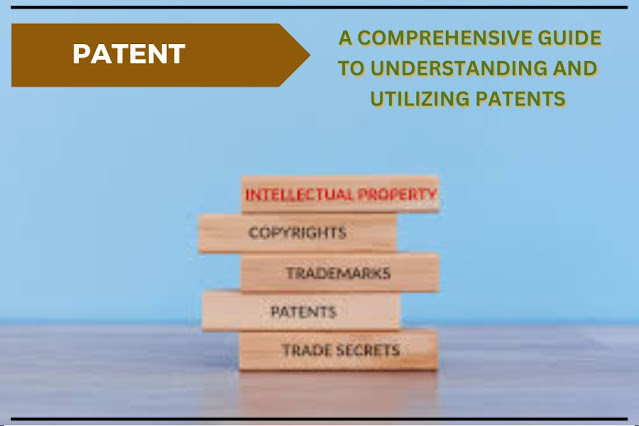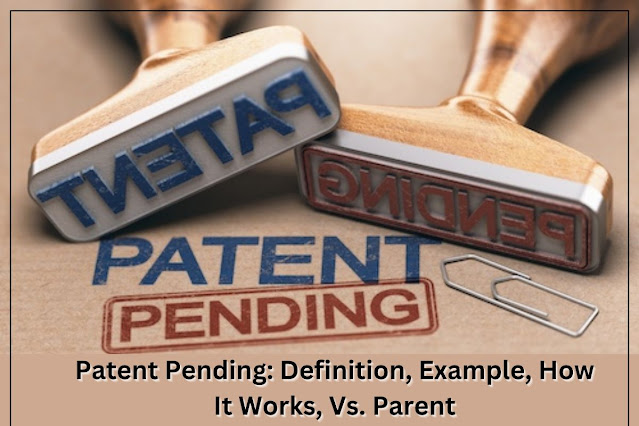Patent Pending : A Comprehensive Guide to Understanding and Utilizing Patents
Introduction:
Patents are crucial intellectual property rights that provide inventors and innovators with exclusive rights over their inventions or discoveries. They foster innovation, protect investments, and promote competition in various industries. However, navigating the world of patents can be complex and intimidating for many. This blog aims to provide a comprehensive guide to understanding and utilizing patents, focusing on their importance, types, application process, and potential benefits.
What are Patents?
Patents are legal rights granted by the government to inventors, giving them exclusive control over their inventions for a specific period. Patents Services usa serve as an incentive for inventors to disclose their inventions to the public while enjoying exclusive rights over their creations.
Importance of Patents:
Patents play a pivotal role in various aspects, including:
a. Encouraging Innovation: Patents incentivize inventors by granting them a limited monopoly over their inventions. This encourages the development and disclosure of new technologies and promotes progress in science and industry.
b. Protecting Investments: Obtaining a patent company provides inventors with a competitive advantage by safeguarding their investments. It prevents others from copying or exploiting their inventions, allowing inventors to capitalize on their creations.
c. Promoting Competition: Patents promote healthy competition by encouraging inventors to innovate and create better alternatives. This leads to technological advancements, improved products, and a diverse marketplace.
Types of Patents:
There are three main types of patents:
a. Utility Patents: These types of patents are known as utility patents. They are the most common and widely recognized form of patents, providing protection for a wide range of inventions. Utility patents cover four main categories: processes, machines, articles of manufacture, and compositions of matter. Utility patents provide broad protection and are typically granted for 20 years from the date of filing.
b. Design Patents: Design patents protect the ornamental design or appearance of a functional item. They are granted for new, original, and non-obvious designs and last for 15 years from the date of grant.
c. Plant Patents: Plant patents cover new and distinct varieties of plants that are asexually reproduced. They protect the inventor's right to exclude others from using, selling, or distributing the patented plants and last for 20 years from the filing date.
The Patent Application Process:
The patent application process involves several stages:
a. Prior Art Search: Conduct a thorough search to ensure your invention is new and not already patented or disclosed in existing literature.
b. Drafting the Application: Prepare a detailed patent application, including a description of the invention, claims defining the invention's scope, and any necessary drawings or diagrams.
c. Filing the Application: Submit your application to the relevant patent office along with the required fees. This officially starts the examination process.
d. Patent Examination: A patent examiner reviews your application to determine its novelty, usefulness, and non-obviousness. This process may involve correspondence and amendments to address any issues raised by the examiner.
e. Grant or Rejection: If the application meets the patentability criteria, a patent is granted. However, it can be rejected if it fails to meet the requirements. In such cases, you can appeal the decision or make necessary amendments to overcome the objections.
Benefits of Patents:
Securing a patent offers several benefits to inventors and businesses, Now you can Try patent services usa including:
a. Exclusive Rights: A patent grants the inventor exclusive rights, allowing them to monetize their invention, license it to others, or prevent competitors from using it without permission.
b. Market Advantage: Patents provide a competitive edge by differentiating products or technologies in the market. They can attract investors, partnerships, and licensing opportunities.
c. Revenue Generation: Patented inventions can generate revenue through licensing agreements or by directly manufacturing and selling the patented product.
d. Increased Valuation: Patents enhance the value of a business or startup. They can attract potential investors, facilitate mergers or acquisitions, and contribute to the overall growth and success of the company.
Conclusion:
Understanding and utilizing patents is essential for inventors, innovators, and businesses seeking to protect their intellectual property and leverage their creations. By obtaining a patent company , inventors can enjoy exclusive rights, protect their investments, and foster innovation. However, the patent application process can be intricate, requiring careful preparation and adherence to legal requirements. By following this comprehensive guide, individuals can navigate the world of patents with confidence, unlocking the potential benefits and opportunities they offer.


.jpg)

Comments
Post a Comment